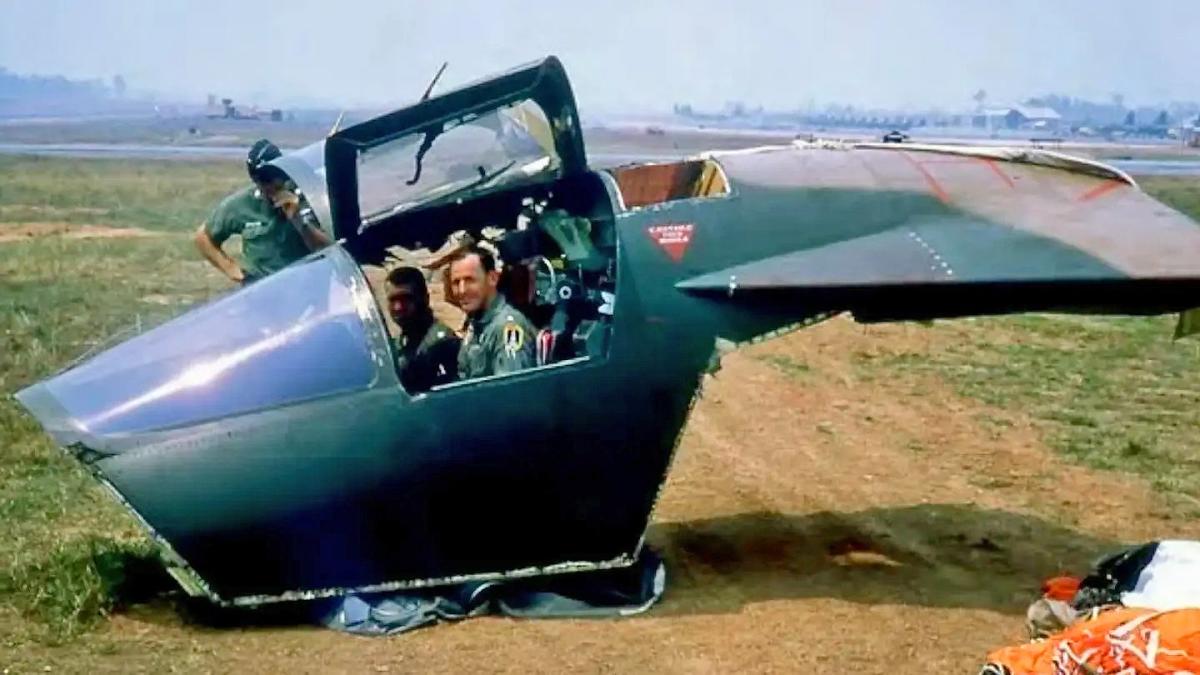sksvlad
Well-Known Member
What a complex design!!!

 www.yahoo.com
www.yahoo.com

F-111 Aardvark's Crew Escape Module Ejected The Whole Cockpit
The complex F-111 incorporated a crew escape module instead of ejection seats, which proved a life saver during the type's combat debut.
